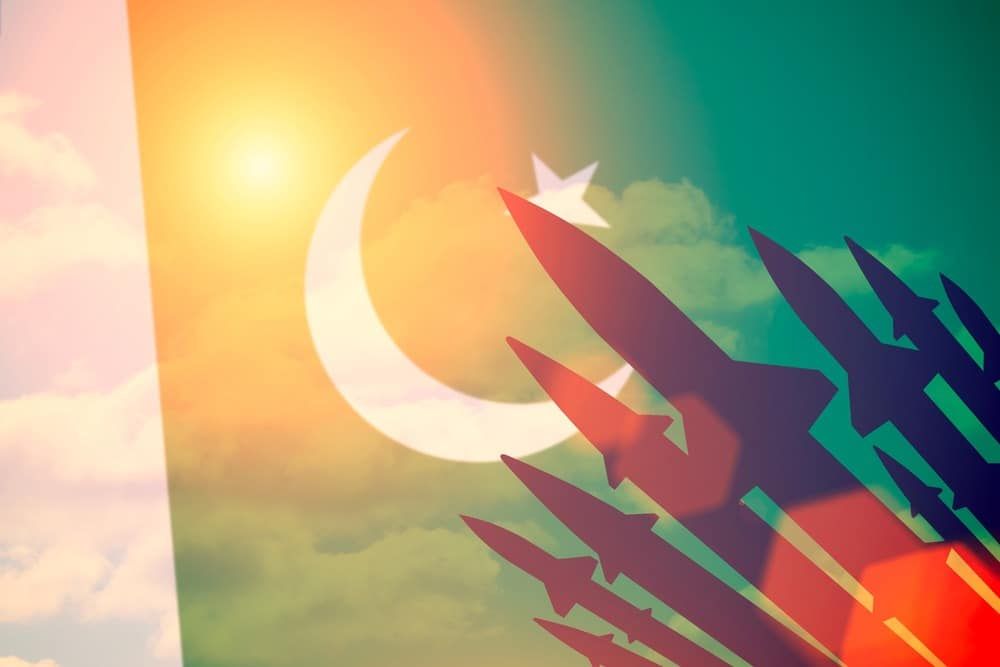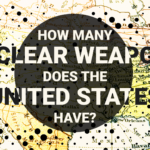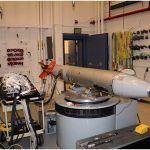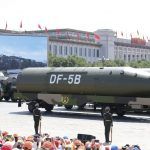Pakistan’s nuclear forces, 2011
By Hans M. Kristensen, Robert S. Norris | July 1, 2011

Nuclear Notebook: How many nuclear weapons does Pakistan have?
Despite its political instability, Pakistan continues to steadily expand its nuclear capabilities and competencies; in fact, it has the world’s fastest-growing nuclear stockpile. In the aftermath of the US raid that killed Osama bin Laden, who had made his hideout in an Islamabad suburb, concerns about the security of Pakistan’s nuclear weapons are likely to keep pace with the growth of Pakistan’s arsenal. Pakistan is building two new plutonium production reactors and a new reprocessing facility with which it will be able to fabricate more nuclear weapons fuel. It is also developing new delivery systems. Enhancements to Pakistan’s nuclear forces include a new nuclear-capable medium-range ballistic missile (MRBM), the development of two new nuclear-capable short-range ballistic missiles, and the development of two new nuclear-capable cruise missiles.
We estimate that Pakistan has a nuclear weapons stockpile of 90–110 nuclear warheads, an increase from the estimated 70–90 warheads in 2009 (Norris and Kristensen, 2009). The US Defense Intelligence Agency projected in 1999 that by 2020 Pakistan would have 60–80 warheads (Defense Intelligence Agency, 1999); Pakistan appears to have reached that level in 2006 or 2007 (Norris and Kristensen, 2007), more than a decade ahead of predictions. In January 2011, our estimate (DeYoung, 2011) of Pakistan’s stockpile was confirmed in the New York Times by “officials and outsiders familiar with the American assessment,” who said that the official US estimate for “deployed weapons” ranged from the mid-90s to more than 110 (Sanger and Schmitt, 2011).1 With four new delivery systems and two plutonium production reactors under development, however, the rate of Pakistan’s stockpile growth may even increase over the next 10 years…
To read this full article for free, visit our online archive here.
To download a PDF of this article, click this link.
To read an authoritative accounting of world nuclear arsenals, click here for all Nuclear Notebook columns.
The Nuclear Notebook is researched and written by Hans M. Kristensen, director of the Nuclear Information Project with the Federation of American Scientists and Robert S. Norris, a senior fellow with the FAS. The Nuclear Notebook column has been published in the Bulletin of the Atomic Scientists since 1987. The Nuclear Notebook column has been published in the Bulletin of the Atomic Scientists since 1987.
Together, we make the world safer.
The Bulletin elevates expert voices above the noise. But as an independent nonprofit organization, our operations depend on the support of readers like you. Help us continue to deliver quality journalism that holds leaders accountable. Your support of our work at any level is important. In return, we promise our coverage will be understandable, influential, vigilant, solution-oriented, and fair-minded. Together we can make a difference.
















